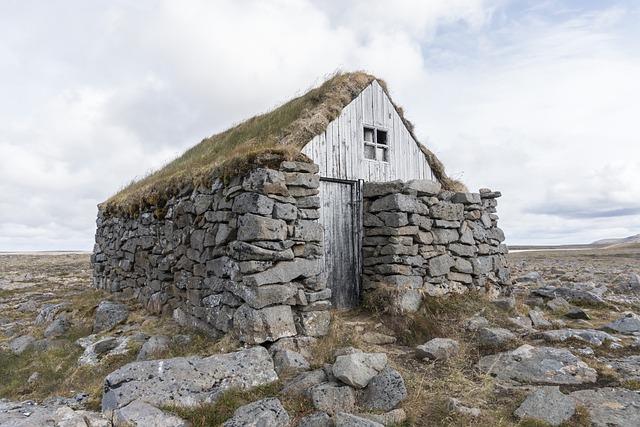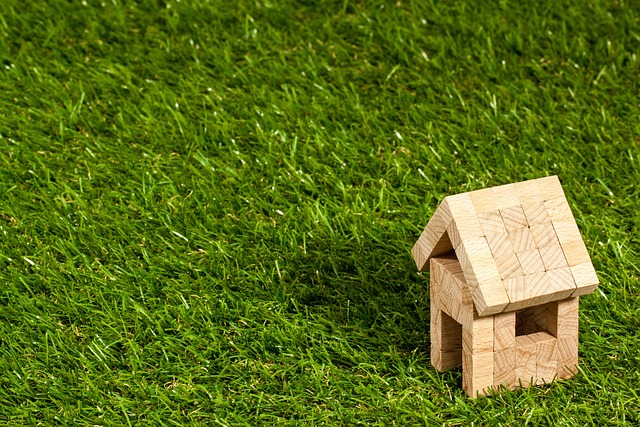Smoke damage from wildfires poses significant challenges for California residents, impacting both property value and indoor air quality. To sell a fire-damaged house in California, act quickly within 24-48 hours to mitigate damage, engage professional remediation services, follow restoration steps like assessment, removal of debris, odor control, and repairs, navigate legal and insurance considerations including disclosure requirements and policy reviews, and enhance resale value through strategic cleaning, air purification, repainting, upgrades, and landscaping maintenance.
“In California, where fires are a recurring concern, smoke damage remediation is an essential process for homeowners facing post-fire challenges. This article guides you through the intricate steps of understanding and addressing smoke damage, from its causes and effects to practical solutions. We delve into the urgency of prompt action, offering a step-by-step remediation process tailored to California homes. Additionally, we explore legal considerations when selling a fire-damaged house and provide strategies to maximize resale value, ensuring a smooth transition for folks looking to rebuild.”
- Understanding Smoke Damage: Its Causes and Effects in California Homes
- The Importance of Prompt Action After a Fire-Damaged Property
- Step-by-Step Guide to Smoke Damage Remediation Process
- Legal and Insurance Considerations for Selling a Fire-Damaged House
- Effective Strategies for Maximizing Your Home's Resale Value Post-Remediation
Understanding Smoke Damage: Its Causes and Effects in California Homes

Smoke damage from wildfires is a significant concern for many California residents. These destructive fires, often referred to as “fire-damaged houses,” leave behind not only physical debris but also invisible residues that can persist long after the flames are extinguished. The causes of smoke damage are multifaceted, stemming from both outdoor sources and indoor activities. Outdoor factors include nearby wildfires, industrial operations, or even cooking fumes that travel through vents and ducts. Once inside a home, these smoke particles can settle on surfaces, infiltrate wall cavities, and remain for extended periods, leading to long-term health issues for occupants.
The effects of such damage are far-reaching. It’s not just about charred walls and blackened ceilings; it encompasses the air quality within the residence, which can remain compromised for months or even years. Resale value is also impacted, as potential buyers often scrutinize homes affected by smoke, especially in a state like California where wildfires are frequent visitors. Efficient remediation becomes crucial, not only to restore a home’s appeal but also to mitigate health risks and ensure the property can be safely sold, addressing concerns of prospective purchasers who may wish to avoid the financial burden or potential lingering issues associated with fire-damaged real estate.
The Importance of Prompt Action After a Fire-Damaged Property

After a fire, quick action is crucial for anyone looking to sell a fire-damaged house in California. The first 24-48 hours post-fire are critical as smoke and soot can quickly penetrate hidden areas, causing long-term damage if not addressed promptly. Professional remediation services should be engaged immediately to mitigate the impact of smoke residue, which can leave unsightly stains, odours, and even contribute to health risks for future occupants.
Prompt action ensures that potential buyers are not deterred by the visual and olfactory cues of smoke damage, preserving the property’s value in the competitive California real estate market. Efficient remediation also prevents further deterioration, saving costs on extensive renovations down the line. This is particularly important given the state’s strict building codes and regulations regarding fire safety and restoration practices.
Step-by-Step Guide to Smoke Damage Remediation Process

Smoke damage can be devastating, especially for those considering selling their fire-damaged home in California. The remediation process requires a systematic approach to restore your property to its pre-fire condition. Here’s a step-by-step guide to help you navigate this challenging task.
First, assess the extent of the smoke damage. Check for soot accumulation on surfaces, odors, and visible residue. Next, protect yourself and your family by wearing appropriate personal protective equipment (PPE). Begin the cleanup process by removing all debris, including charred materials and ashes. Use wet vacuum cleaners to suck up loose soot and consider professional services for extensive damage. Once the area is clean, address odours using enzymatic cleaners or air purifiers. Finally, repair or replace affected items, and paint or refinish surfaces to restore a safe and aesthetically pleasing environment, making your home more appealing to potential buyers in California.
Legal and Insurance Considerations for Selling a Fire-Damaged House

When selling a fire-damaged house in California, it’s crucial to understand the legal and insurance considerations involved. The first step is to assess whether the damage is significant enough to trigger disclosure requirements under state law. In California, sellers are generally required to disclose known material defects that could affect the property’s value or safety. Fire damage can be complex, as the extent of the harm might not be immediately apparent. Therefore, a thorough inspection by a qualified professional is essential before putting the property on the market.
Insurance plays a pivotal role in this process. Homeowners’ insurance policies typically cover smoke and fire damage, but the specifics vary based on the policy type and the cause of the fire. Sellers should review their policies to understand coverage limits and deductibles. In cases where the damage is extensive, it might be necessary to consult with an adjuster or attorney specializing in insurance claims to ensure fair compensation. This information will also impact how the property is presented to potential buyers, ensuring transparency and avoiding future legal issues.
Effective Strategies for Maximizing Your Home's Resale Value Post-Remediation

After smoke damage remediation, implementing effective strategies can significantly enhance your home’s resale value in the competitive California real estate market. The key lies in restoring not just the physical structure but also creating an environment that appeals to potential buyers. Start by thoroughly cleaning all affected areas, including walls, ceilings, and floors. Use professional-grade air purifiers to eliminate any lingering smoke odor, ensuring a fresh and inviting atmosphere. Repainting with neutral colors and applying new finishes can make spaces appear updated and vibrant.
Upgrade or replace damaged items like furniture, appliances, and fixtures to give your home a modern aesthetic. Well-maintained landscaping outside can also attract buyers. Consider adding fresh paint to the exterior and trimming any overgrown vegetation. Additionally, addressing structural issues promptly is vital. Repair or replace compromised building materials to ensure the integrity of your home. These measures not only maximize resale value but also provide peace of mind for future occupants, making your fire-damaged house a desirable and valuable property in California.
Smoke damage remediation is not just about restoring a home; it’s about healing and moving forward. By understanding the process, taking swift action, and considering legal aspects, homeowners in California can effectively prepare their fire-damaged properties for resale, ensuring a smoother transition and maximizing their investment value. Remember, prompt and professional handling of smoke damage is key to a successful recovery and a brighter future.






